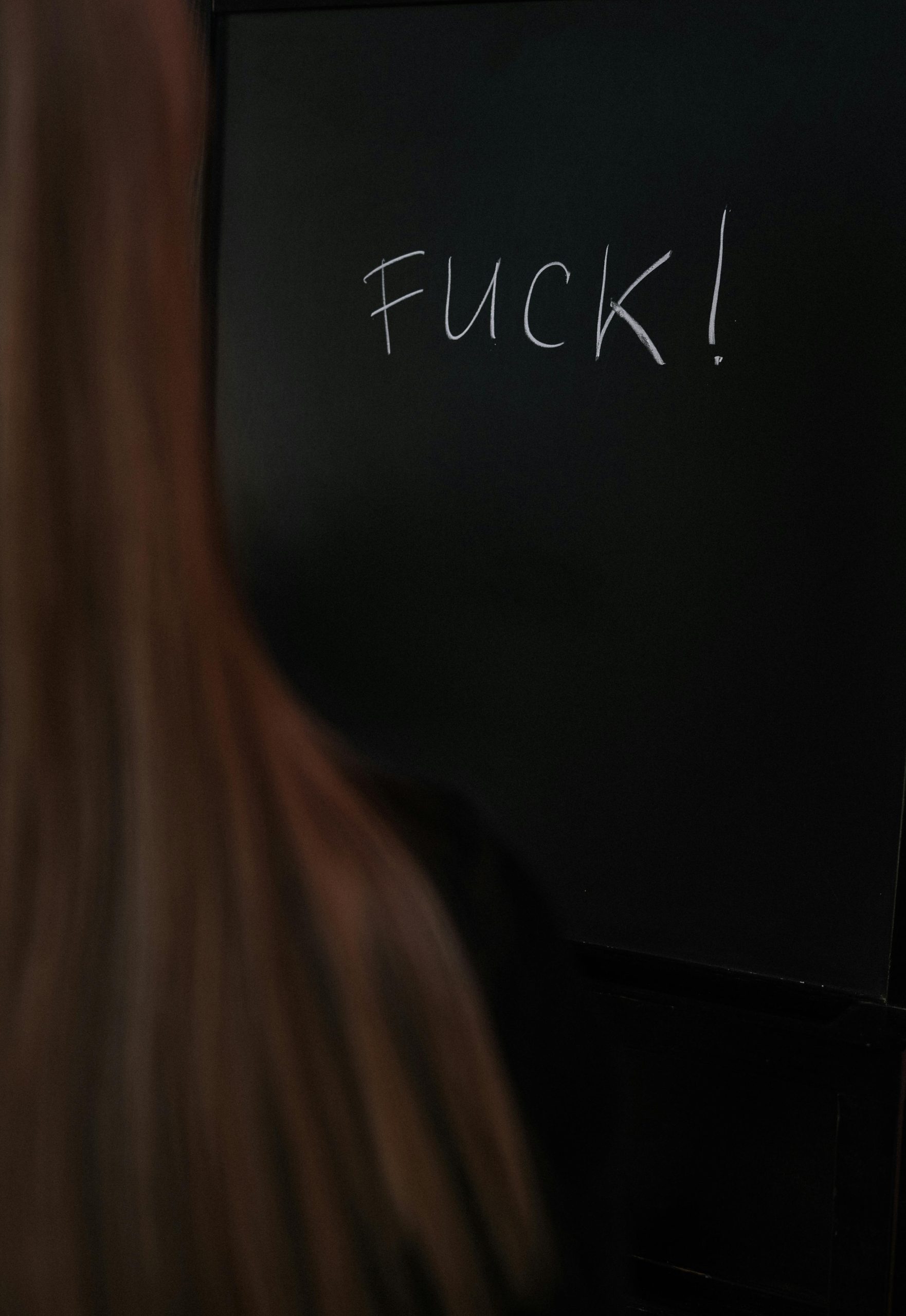Understanding the Absence of Recess in High School: What Does It Really Mean?
In recent discussions, some students mention that they do not have recess in high school. This raises an interesting question: what exactly does it imply when students say they lack designated recess periods? Specifically, does this mean that the only break they get during the school day is their lunch break, as opposed to short recesses or free periods?
In many schools, especially in earlier grades, recess is a common break designed to allow students to relax, socialize, and recharge. However, by the time students reach high school, structured recess periods are often replaced with passing time between classes, lunch, or other scheduled breaks.
For instance, at some schools, students might have a schedule similar to this: first period, a 20-minute recess, second and third periods, lunch, then fourth period. From an outside perspective, this sounds like an adequate amount of downtime to refresh between classes. Yet, others might share that in their high school experience, they only have passing periods or lunch as their main breaks, and no dedicated recess period.
The absence of recess in higher education levels can often be attributed to a focus on instructional time and academic rigor. However, it’s important to recognize that breaks are essential for maintaining student well-being and productivity. Schools vary widely in how they structure their schedules, and what constitutes sufficient downtime can differ greatly among students.
In conclusion, when you hear students say they don’t have recess, it usually indicates that their school schedule lacks a designated break period dedicated solely to recreational activity. Instead, their brief or structured “breaks” are limited to passing time and lunch. Understanding these distinctions can help us appreciate the importance of scheduled breaks in fostering a healthy, focused learning environment.
